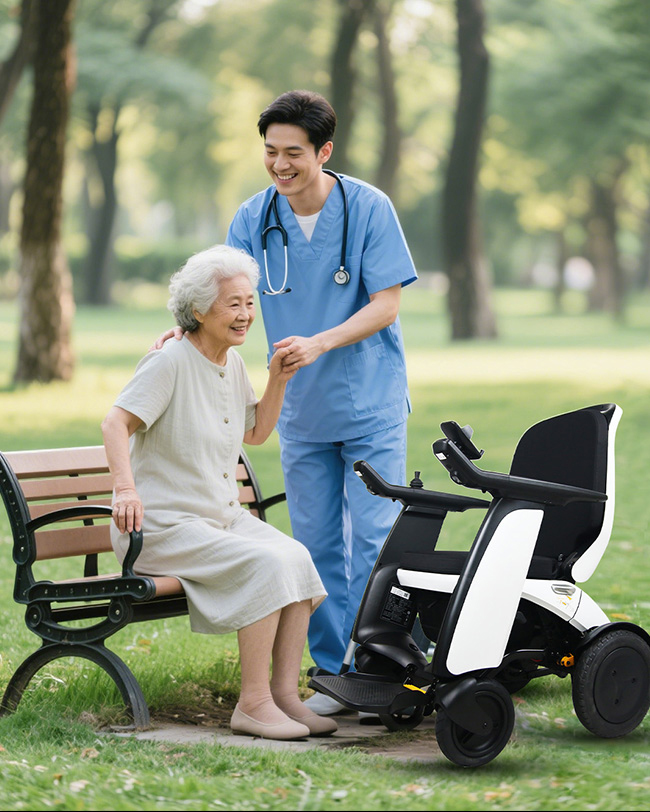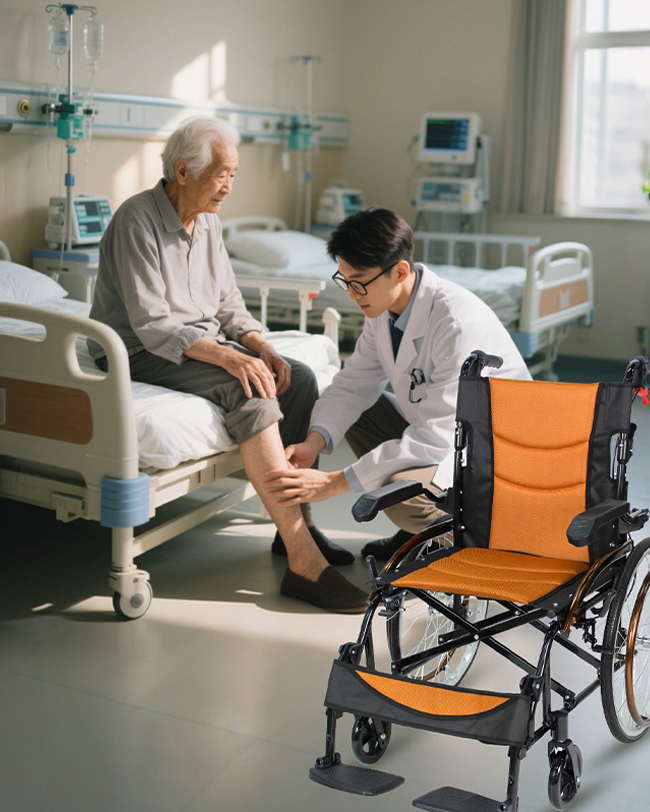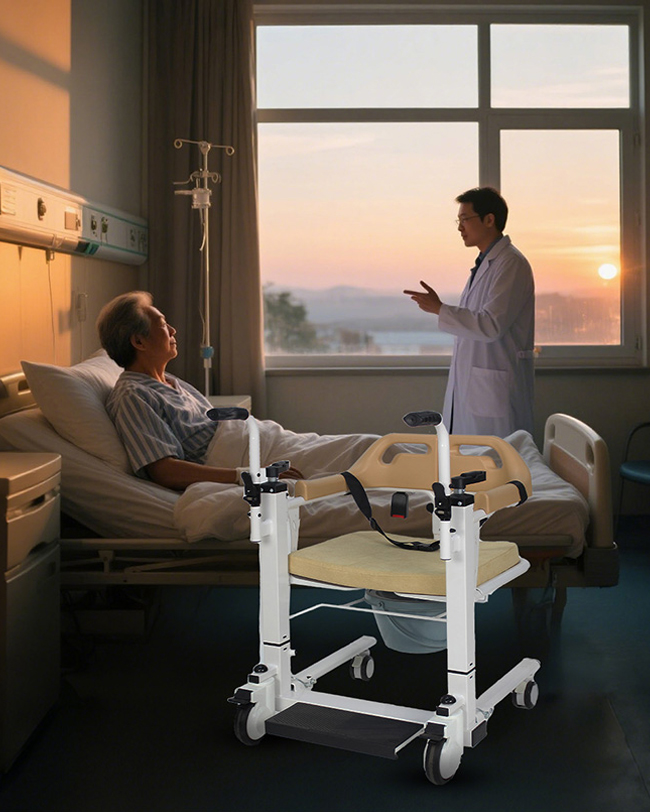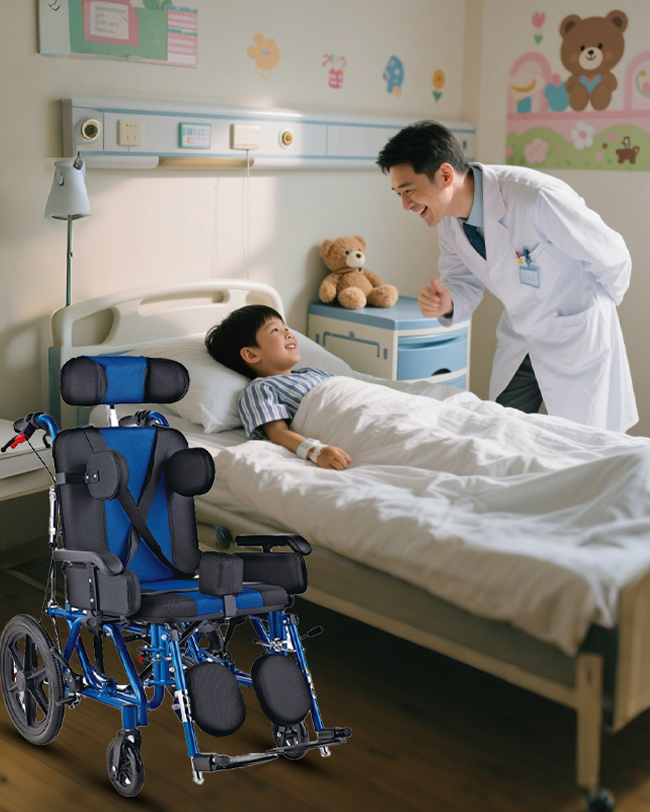In the world of mobility aids, two devices stand out as essential tools for those who need a little extra support to maintain their independence: walkers and rollators. Both are designed to provide stability and balance for individuals with limited mobility, but there are distinct differences between the two. This article will delve into the intricacies of walkers and rollators, exploring their design, functionality, and suitability for various users. We'll also discuss the latest advancements in mobility aid technology and how these devices can be tailored to meet the unique needs of individuals.
Section 1: Understanding Walkers ,Walkers, also known as walking frames, are among the most common mobility aids used by people with limited mobility. They are designed to provide support and stability to users who may have difficulty walking due to injury, illness, or age-related conditions. Walkers come in various designs, but they generally consist of a metal or plastic frame with four legs, each ending in a rubber tip to prevent slipping. Some walkers also have wheels for easier movement.

Benefits of Walkers Walkers offer several benefits to users:
Increased Stability: The four-legged design of walkers provides a wide base of support, reducing the risk of falls.
Adjustable Height: Most walkers have adjustable height settings, allowing users to find the most comfortable and supportive position.
Weight Capacity: Walkers can support a significant amount of weight, making them suitable for a wide range of users.
Affordability: Walkers are generally more affordable than rollators, making them an accessible option for many individuals.
Section 2: Introducing Rollators Rollators, also known as rollator walkers or mobility scooters, are a more advanced type of mobility aid. They are designed to provide additional support and functionality for users with more severe mobility limitations. Rollators typically feature a seat, a backrest, and a basket for carrying items, making them a versatile choice for those who need extra assistance.
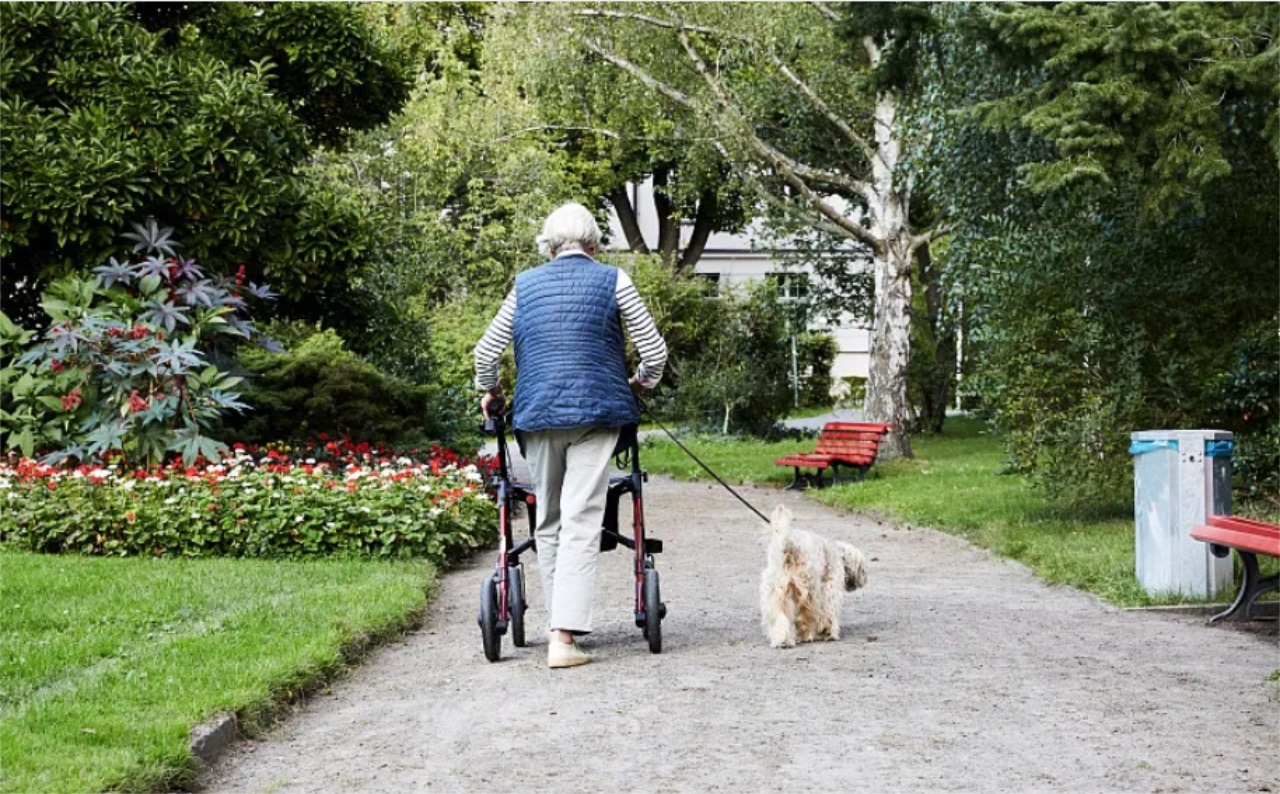
2.1 Features of Rollators Rollators come with a range of features that set them apart from traditional walkers:
Seat and Backrest: The built-in seat and backrest allow users to take breaks and rest while using the rollator, making it ideal for longer outings.
Basket or Pouch: Many rollators have a basket or pouch for carrying personal items, such as a wallet, keys, or a small bag.
Height-Adjustable Handlebars: Rollators often have height-adjustable handlebars, ensuring a comfortable fit for users of different heights.
Locking Brakes: Rollators typically have locking brakes that can be engaged when the user is seated or needs to stop suddenly.
Swivel Wheels: Some rollators feature swivel wheels, allowing for easier maneuverability in tight spaces.
2.2 Benefits of Rollators Rollators offer several advantages over traditional walkers:
Enhanced Comfort: The seat and backrest provide a comfortable place for users to rest, reducing fatigue during longer outings.
Versatility: The additional features, such as the basket and height-adjustable handlebars, make rollators more versatile than standard walkers.
Improved Maneuverability: The wheels on rollators allow for smoother movement and easier navigation through different environments.
Increased Safety: The locking brakes and swivel wheels enhance safety by providing better control over the device.
Section 3: Comparing Walkers and Rollators When it comes to choosing between a walker and a rollator, several factors must be considered, including the user's mobility needs, lifestyle, and personal preferences.
3.1 Mobility Needs Users with limited mobility but good upper body strength may find a walker sufficient for their needs. However, those with more severe mobility limitations or who require additional support may benefit from the features offered by a rollator.
3.2 Lifestyle The lifestyle of the user is another important factor. For individuals who lead an active lifestyle and need a mobility aid for longer periods, a rollator may be more suitable due to its comfort and versatility. On the other hand, those who require occasional support or have limited storage space may prefer a walker.
3.3 Personal Preferences Personal preferences also play a role in the decision-making process. Some users may prefer the simplicity and affordability of a walker, while others may value the additional features and comfort provided by a rollator.
In conclusion, the choice between a walker and a rollator depends on the individual's mobility needs, lifestyle, and personal preferences. Both devices offer valuable support and stability for users with limited mobility, but they differ in terms of features, comfort, and versatility. By considering the latest advancements in mobility aid technology and tailoring the device to the user's unique needs, individuals can enjoy increased independence and improved quality of life.

